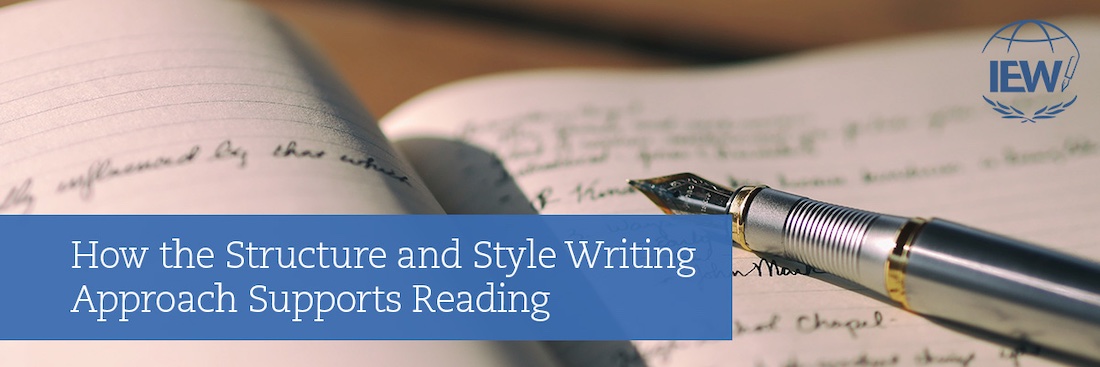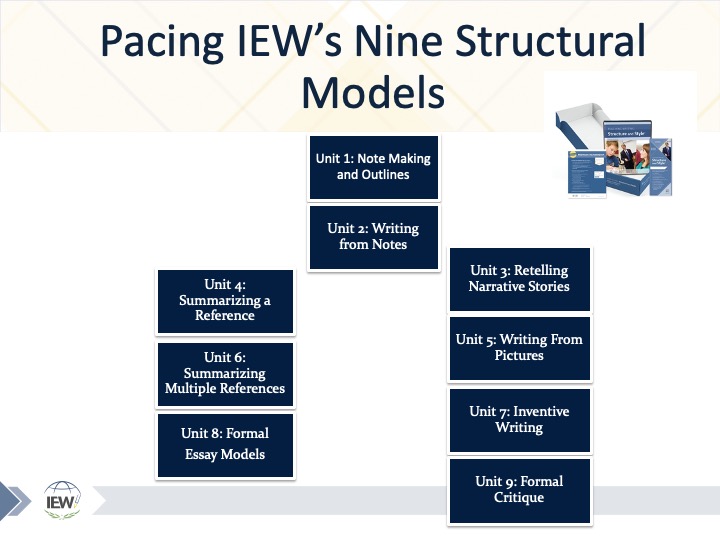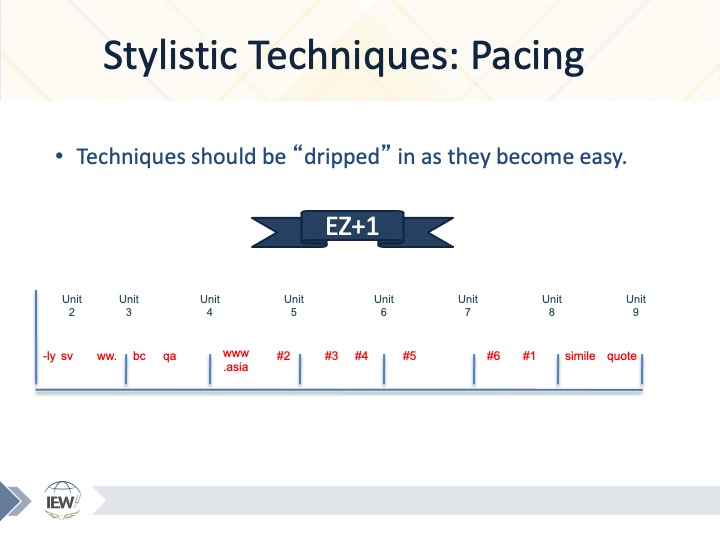
While the act of reading appears, at least on the surface, to be simple, it is anything but. Reading is actually an extremely complicated activity that involves lots of simultaneous processes within the brain. It is so complicated that one leading researcher by the name of Louisa Moats wrote an article called “Teaching Reading IS Rocket Science.” The Science of Reading, SOR for short, utilizes scientific research to evaluate what elements comprise effective instruction in reading. This research originates from multiple disciplines, including the fields of psychology, linguistics, neuroscience, and education. Examining the research behind what creates skilled readers, it relies on scientific studies to determine what constitutes effective instruction.
This research is vast and stretches back many years. In the 1930s Samuel Orton and Anna Gillingham developed the Orton Gillingham approach to teaching reading and spelling. About fifty years later, in 1986 psychologists Philip Gough and William Tumner described what they refer to as “the simple view of reading.” This view was modified by Gough and Wesley Hoover in 1990.1 Here is the formula:
Decoding x Language Comprehension = Reading Comprehension
Based on this formula, there are two components to becoming a fluent reader: word decoding and language comprehension. It’s important to note that the two elements are multiplied together, not added. By substituting numbers in place for the components, you can see why. Using a zero to indicate a student’s inability to either decode or to comprehend yields a zero in reading comprehension. In other words, you can’t have reading comprehension without both of these components being solidly in place.
Approximately a decade later, in 2001 Dr. Hollis Scarborough expanded on this concept and created a powerful illustration of how these two components support each other. She drew what has come to be known as “Scarborough’s Reading Rope.”2 There are two strands, one that represents word recognition and one that represents language comprehension. Just as is the case for a real rope, the reading rope is only as strong as the weakest strand. If there is a weakness in decoding, for example, the reader cannot be a skilled reader. Likewise, though, is if there is a weakness in any of the factors that go into comprehension, for example, vocabulary, background knowledge, or syntax, the result is the same. Skilled reading remains elusive. Both strands must be strong. Using a structured literacy approach addresses the decoding side of the equation, but to build a skilled reader, you still need to address the language comprehension component. This is where IEW shines.
In 2019 the Institute for Excellence in Writing celebrated its twenty-fifth anniversary. Its roots stretch even further back though. In fact its beginnings can be traced to the 1930s, around the same time that Orton and Gillingham were developing their approach to teaching reading. A young Canadian schoolteacher named Anna Ingham was tasked with teaching a large class of students of varying ages working at different levels. Over her instructional years she developed a phonics-based reading and writing curriculum she called The Blended Sound-Sight Program of Learning. Eventually she taught her nephew her approach, and he carried it into his own classrooms.
This nephew, Dr. James Webster, taught at the elementary as well as at the university level. From his aunt’s method he wrote Blended Structure and Style in Composition. The approach that Anna Ingham began and Dr. Webster refined is what IEW’s approach to teaching Structure and Style is predicated on. So how can Structure and Style support reading? It comes down to the approach.
As the name Structure and Style implies, there are two components. The method’s structure, the first component, comprises nine units. It begins simply and increases gradually in complexity. Units 1 and 2 start with a source text from which the student learns to create a key word outline. Using the outline, the student verbally “tests'' it by telling back the notes in complete sentences.
The next step is where the student begins to write. Through the nine units of structure, students move from dictated content to the blank page. Unlike many other writing programs that begin with prompt-based, blank page writing, students receive support through the use of source texts. This process follows the ancient model of imitation, similar to the classical exercises of the progymnasmata. Andrew Pudewa describes this approach in much more detail in his article “What is IEW? Method, not Madness.”3
As the instructor leads her students through the source text, she takes time to provide context to her students. She may define terms, implement Socratic questioning, and share background information. Rather than simply reading the text, she fleshes out the content, helping students who lack background knowledge and vocabulary to better comprehend the material. Adding in these elements helps students practice making inferences as they discuss the passage.

Style is the second component. While structure is taught progressively at a regular rate over the course of the instructional year, style is added in bit by bit according to a student’s mastery of the concepts. IEW’s stylistic techniques include dress-ups, sentence openers, and decorations. The stylistic techniques provide students the opportunity to practice inserting sophisticated vocabulary and sentence constructions such as subordinate clauses. Sentence openers help students learn to move beyond the “subject-predicate-object” order of everyday speech to more stylish syntax. An analogy might be useful here. Think of the components of Structure and Style as offering students a playground, but this playground affords the students opportunities to play with language: syntax, vocabulary, research, metaphor, grammar. All of these elements are addressed, but they are taught with lots of support and modeling from the instructor. Students are never left to simply shift for themselves. Direct and differentiated instruction, structural models, checklists, and useful word lists help support the student as he develops his writing skills.

As a student becomes more and more confident at adding in these stylistic techniques, more techniques are introduced. Eventually students begin to insert decorations such as similes and metaphors, alliteration, and conversation. Throughout it all, students learn the conventions of punctuation and grammar through direct modeling and repeated practice. To encourage mastery, students have checklists that are tailored to their individual ability level. We call it “EZ+1.” Using this approach, students only have one challenging stylistic technique at a time that they are practicing. All of the others have become “easy” for them, meaning that they can insert the technique into their writing easily and that it doesn’t sound awkward at least most of the time.
The Structure and Style approach supports not only writing but also reading in that it strengthens students’ language comprehension. The more a student is able to comprehend, the more he is able to devote to the decoding aspect of reading. These processes are not isolated. They happen in tandem. By providing a playground of experiences in exploring written expression, students strengthen not only their writing “muscle,” but their reading “muscle” as well. Over time and with repetition and modeling, students gradually synthesize their skills as they become more confident and competent writers. It is rewarding to observe, not only for the student but for the teacher as well.
Notes
1 Farrell, Linda, et al. “The Simple View of Reading.” Reading Rockets, 1 Oct. 2020,
accessed March 1, 2021, www.readingrockets.org/article/simple-view-reading.
2 “Scarborough's Reading Rope: A Groundbreaking Infographic.” International Dyslexia
Association, 4 Apr. 2018, accessed March 1, 2021, https://dyslexiaida.org/scarboroughs-reading-rope-a-groundbreaking-infographic/.
3 Pudewa, Andrew. “What Is IEW? Method Not Madness.” Institute for Excellence in
Writing, 2016, accessed March 1, 2021, iew.com/schools/help-support/resources/articles/what-iew-method-not-madness.
|
Jennifer Mauser has always loved reading and writing and received a B.A. in English from the University of Kansas in 1991. Once she and her husband had children, they decided to homeschool, and she put all her training to use in the home. In addition to homeschooling her children, Jennifer teaches IEW classes out of her home, coaches budding writers via email, and tutors students who struggle with dyslexia. |

